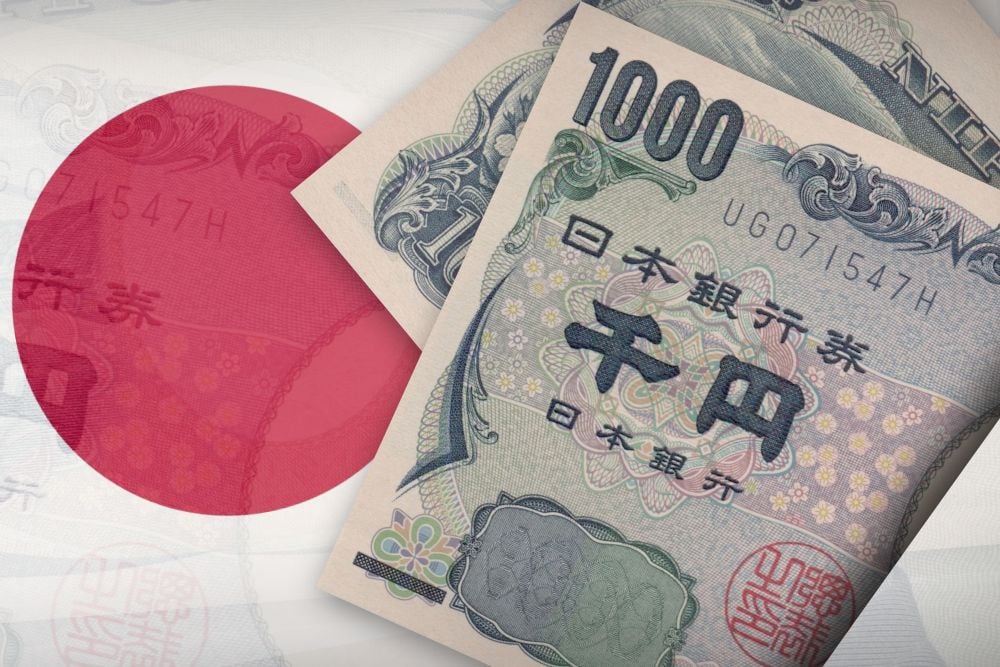The Philippines is about to embark on a marketing exercise in Tokyo for two proposed bond issuances — one in yen in the Samurai market and one in US dollars, presumably Reg S/144a. It is a measure of how far the country has come since its last Samurai foray in 2010 that its proposed yen bond will emerge in standalone format, rather than with the Japan Bank for International Cooperation (JBIC) guarantee which accompanied that deal eight years ago.
Having been the benchmark sovereign issuer from Southeast Asia over a decade ago, with frequent forays in the offshore dollar market, the Philippines has become a rare sovereign item offshore having focused on avoiding mismatch by borrowing domestically under the discipline put in place by former treasurer Omar Cruz during that time.
These two planned bonds will provide an insight into the international investment community's opinion of the country's government led by President Duterte. Putting his "war on drugs" to one side, most people would agree that the economy is stronger. GDP growth is projected at 6.7% this year — repeating last year's performance — and tax revenues are growing by 20% y-y thanks to Duterte's TRAIN tax collection initiative. The Bureau of Customs has seen a 32% surge in collections in June 2018, building on a months-long trend for higher collections, by virtue of a weaker peso and the importation of goods for infrastructure. The old complaint that the Philippines would prosper if it could persuade more people to pay tax seems to have been addressed. This is vital if the ambitious "build, build, build" infrastructure programme is to be efficiently financed.
But there are warning signs. The World Bank recently warned of the dangers of overheating via capacity constraints (utilization is high) as well as price pressures and rampant credit growth. The budget deficit has hit 140% this year, owing to an import surge related to the infrastructure boost.
The Philippines should benefit significantly from the new infrastructure comprising highways and an underground system in Metro Manila. But many of these projects will not be operational until 2022 — the underground only partially so — and the country's finances are likely to feel the strain from the J-curve effect as capacity constraints, inflationary pressure and deteriorating public finances kick in. J-curve theory: increasing tax rates beyond a certain point is counter-productive for raising further tax revenue.
As to the bond market, Manila has been exemplary in its execution strategy since the days when it had to dine at the "last chance saloon" when its public finances demanded access to the offshore dollar bond markets. Its last dollar global foray in January was a US$2bn exercise that raised just US$750m in new money, while the rest went to one of its typical quick management trades involving switching a swathe of outstanding paper into the new 10-year.
At just 37bp over Treasuries as the 10-year priced, one may have wondered whether it was possible to complete with the screws turned so hard. I'm wondering whether if the country aims to grandstand with its forthcoming deals in yen and dollars, whether the market will be so accommodating for the reasons stated. The J-curve should be on the radar for anyone looking to flip the paper if the screws are tightened again and the country goes for grandstanding optics with its pending primary issuances.









